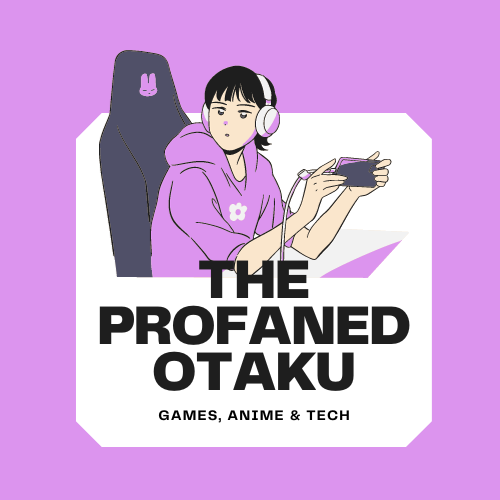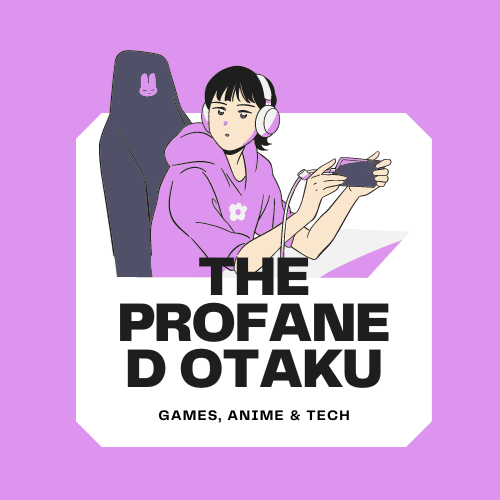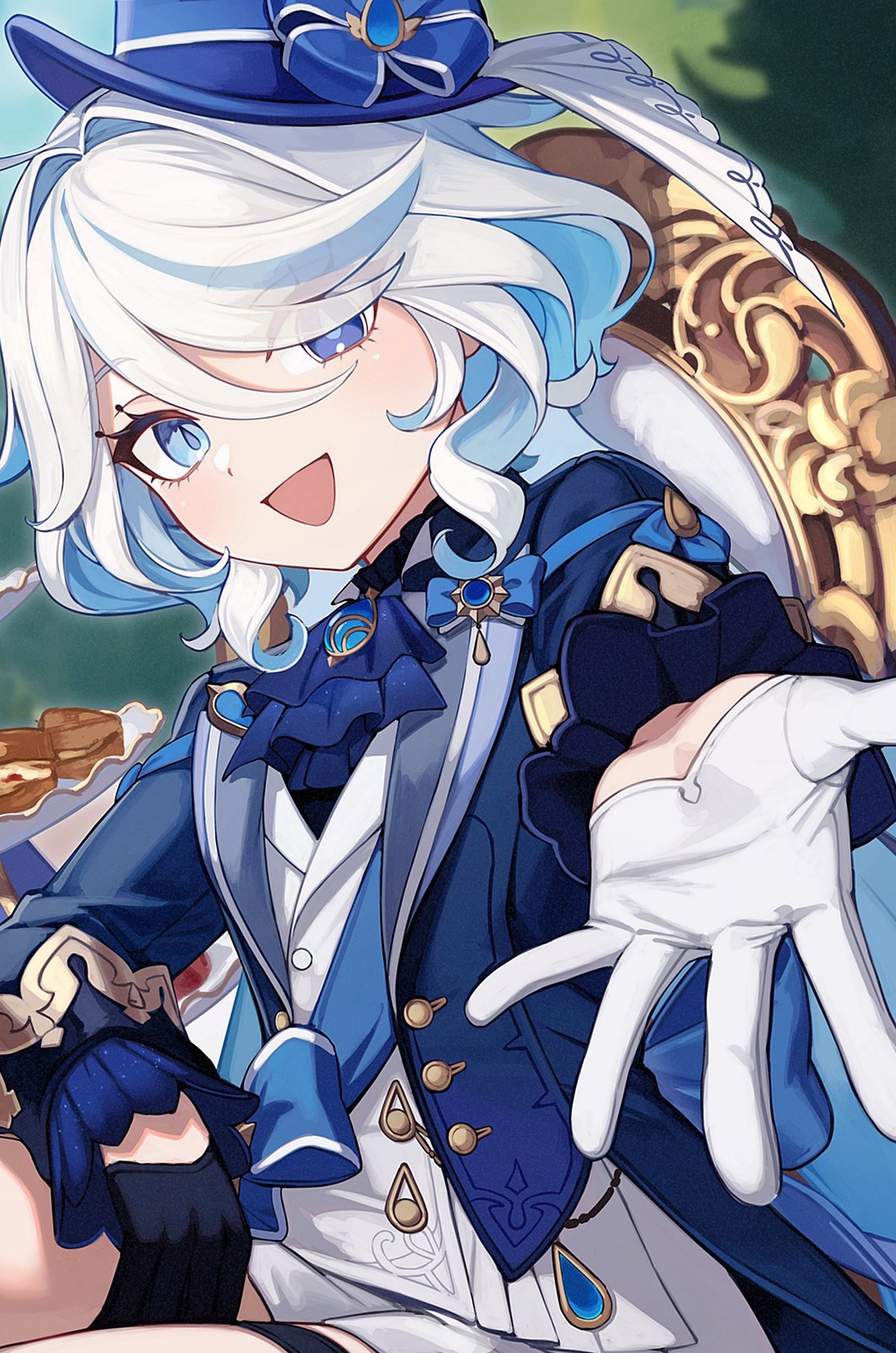Survios, the studio behind the upcoming puzzle arcade game Puzzle Bobble 3D: Vacation Odyssey, recently revealed three new accessibility modes for the game which will be available later this year. The modes have been designed to make Puzzle Bobble 3D: Vacation Odyssey accessible to colorblind people.
Since color is an integral part of the Puzzle Bobble experience, I asked the game’s environment designer, Christina Orcutt, a few questions about the idea behind implementing colorblind accessibility options, how it influences the gameplay, and more.

Q. Did you consult any color-blind associations for feedback and implementation?
Christina: Although we did not go through any official organizations, we did some extensive
research and tested more than one hundred colorblind participants with the color
palettes featured in the Puzzle Bobble 3D: Vacation Odyssey’s new Colorblind mode
during the production process.
Q. How easily accessible is the accessibility option in the game menu? Also, Is there an
option to implement it before starting the game?
Christina: Players can access options for the Colorblind mode from the standard in-game menu. As we are aware that color blindness affects individuals differently at different times, we made sure there is an option to implement the different settings both at the start and/or
during the game. We wanted to ensure availability of the different modes can be enabled
at any point during the game to account for any weird nuances those with colorblind
impairments might face with moving and/or various lighting environments.
Q. How does it affect the gameplay experience?
Christina: Gameplay experience is unaffected by the new Colorblind mode. Players can still enjoy all the same, vibrant and fun bubble-bursting action as before, but now there are three
new modes that have been implemented to make it possible for players with vision color
deficiencies to enjoy the game as well and progress through each level. For Puzzle
Bobble VR: Vacation Odyssey, there are a variety of different environments with different
lighting and moving parts. To cover all aspects of colorblindness, three modes were
created: Red/Green, Blue/Yellow, and Universal.
Q. Can you explain how R/G and B/Y colorblind options work?
Christina: Color Blindness, a visual deficiency, is categorized into three general categories:
Red/Green, Blue/Yellow, and Monochromacy.
People with Red/Green colorblindness, the most common form of colorblindness, either lack red cone cells (Protanopia), lack green cone cells (Deuteranopia), have anomalous red cones (Protanomaly), or have anomalous green cones (Deuteranomaly). These people tend to see colors with red and green shades as the same and thereby have trouble distinguishing differences in these colors.
People with Blue/Yellow colorblindness either lack blue cones (Tritanopia) or have
anomalous blue cones (Tritanomaly). People with Tritanopia tend to see shades of blue and green the same, purple and red the same, and yellow and pink the same, and
thereby have trouble distinguishing differences in these colors. It can also oftentimes
make the colors look less bright. People with Tritanomaly tend to see shades of blue
and green the same, and yellow and red the same, and thereby have trouble
distinguishing the differences in these colors.
Monochromacy, the rarest type of colorblindness can be either full or partial. A person
with full Monochromacy lacks color cones or has defective color cones, meaning the
person can only see in black and white shades. A person with partial Monochromacy,
on the other hand, has a reduced sensitivity to colors, meaning all the colors appear
muted with shades of gray.
Because each colorblind person’s eyes are different, it is almost impossible to find colors
everyone with color blindness can see without adding characteristics other than color.
Depending on the environment, objects can have brightness, shading, texture, or shape.
To distinguish one object from another, the most simple solution would be to add a
texture or pattern to the color. Shapes, lighting, effects, or sound could also be added to
further distinguish it. Just to note, as more characteristics are added to a color, they can
alter the visual appearance of that color.
After extensive playtesting involving colorblind testers for Puzzle Bobble 3D: Vacation
Odyssey and Puzzle Bobble VR: Vacation Odyssey, we settled on colors for the
Red/Green and Blue/Yellow Modes have a variety of hues and tints that most
Red/Green and Blue/Yellow colorblind people can see in their respective modes without
adding textures or distinguishing characteristics.
The Universal Mode enables those with Monochromacy to play the game. In this mode,
all the colors appear in shades of black and white with a texture added to further
distinguish colors. In addition, those with varying degrees of Red/Green or Blue/Yellow
Colorblindness may also use the Universal Mode if the colors in either the Red/Green or
Blue/Yellow Modes are too difficult to distinguish, especially as objects move or lighting
changes.
Q. What are your thoughts on the current state of accessibility particularly in indie games?
Taking a quick dive into a recent indie game addressing accessibility features, we can
take a look at Chicory: A Colorful Tale, released earlier this year, which at first glance is
a game all about colors to solve your way through but upon diving deeper, both the
colors and sound are just an aesthetic choices.
The gameplay all comes down to puzzle-solving which doesn’t need the embellishments of sounds, colors, or effects to solve the puzzles. They do a great job at including many different options to turn these off to make their game more accessible to those not just with color blind impairments. This game is similar to our own game, where our main mechanic is puzzle-solving and the colors are an aesthetic choice to look pleasing to the eyes for those of us who can see the whole spectrum without impairments. If time and money allowed, I would have loved to do more research to add more options to reach a wider range of those with other
forms of impairment. If you want to take a look at some more indie games adding
accessibility, check out itch.io or Steam using different support tags to filter to the games
with accessibility modes.
Overall, there are currently a number of game companies making significant leaps and
bounds where accessibility is concerned. From AAA studios all the way down to indies,
the topics of inclusion and diversity have been one of the biggest focuses in the last few
years. All have been making promising moves forward into becoming pillars of the
industry more than ever before. It’s super exciting! There is also great work being done
in other areas such as hardware in terms of accessibility in gaming right now. Just take a
look at AbleGamers, who are constantly engineering new equipment solutions for those
with disabilities. Whether you have a disability or not, we should all do our part in
making others aware that some people need some extra help and there are ways we
can solve for those impairments so we can all enjoy the same things together!
Puzzle Bobble 3D: Vacation Odyssey launches October 5, 2021, for PS4, PS5, and PS VR.










